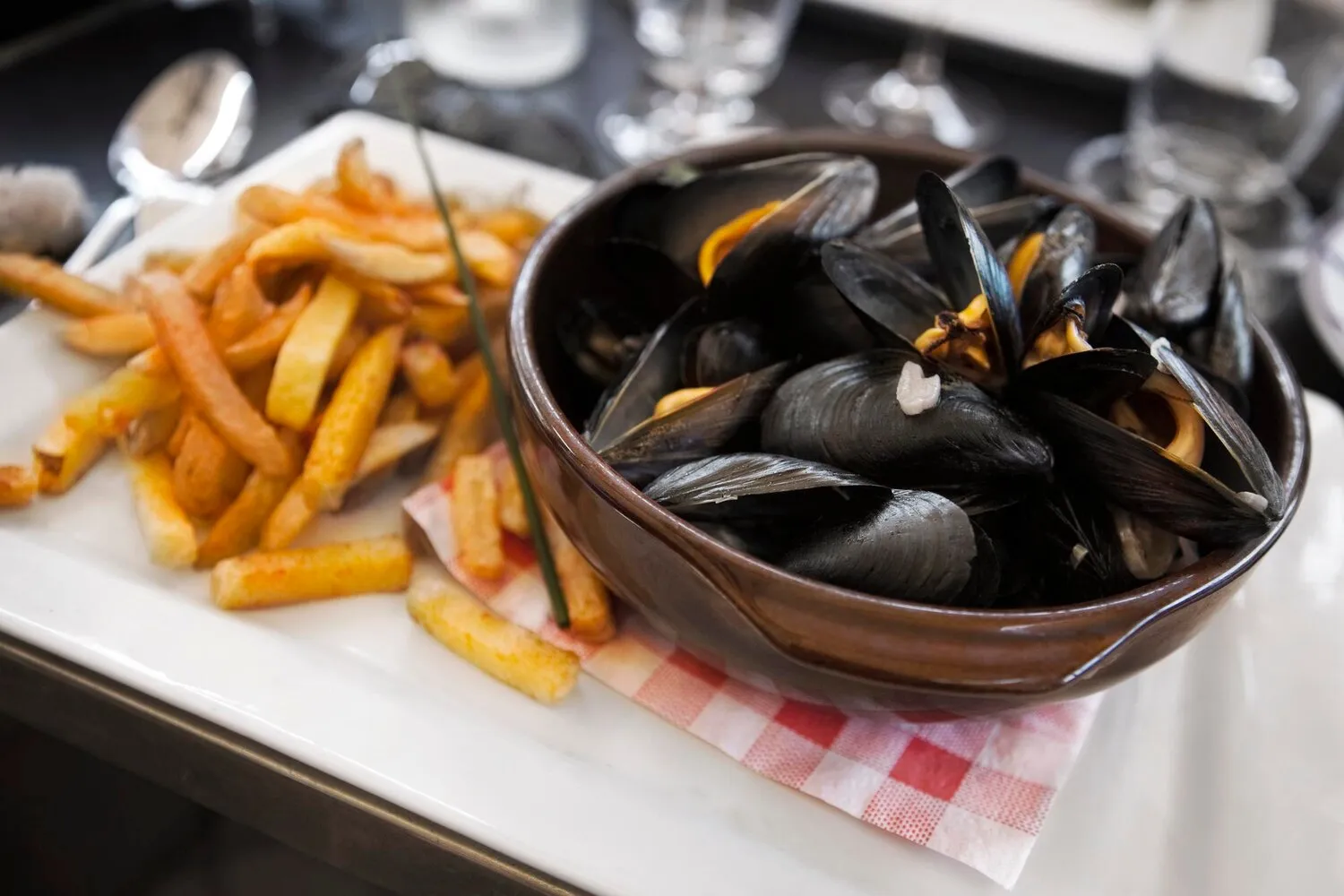
Steak Tartaar
Prepared steak tartare.
Nutrition Facts
* The % Daily Value (DV) tells you how much a nutrient in a serving of food contributes to a daily diet. 2,000 calories a day is used for general nutrition advice.
While the exact origins are debated, the concept of eating raw meat has ancient roots. Theories range from nomadic tribes tenderizing meat under their saddles to a connection with Mongol or Tatar horsemen. The modern preparation and name, however, solidified in early 20th-century France, likely influenced by a dish called 'sauce tartare'.
Steak tartare is often seen as a sophisticated and adventurous dish, frequently found on the menus of fine-dining restaurants. It represents a celebration of high-quality ingredients and culinary skill, while also sparking debate about food safety and preferences.
Dining Experience
Ordering steak tartare is often seen as a bold choice, reflecting a diner's openness to culinary exploration. It's a dish often shared as an appetizer or enjoyed as a light meal.
Ingredient Quality
The dish's success hinges on the quality of the beef. Reputable establishments source their beef carefully to minimize the risk of contamination.
Regional Variations
While considered French, variations exist across Europe. For example, in some regions, it's served with rye bread and pickles, while others may incorporate different spices or sauces.
Steak tartare offers a rich, savory, and slightly tangy flavor profile, emphasizing the quality of the raw beef and the balance of its accompaniments.
The primary flavor comes from the high-quality, finely chopped or ground raw beef, which is inherently rich and meaty. The raw egg yolk contributes creaminess and richness. Dijon mustard provides a sharp tang, while capers and chopped onions introduce salty and pungent notes. Worcestershire sauce adds umami and depth. Fresh herbs like parsley and sometimes chives offer brightness and herbaceousness. Black pepper provides a subtle heat, while optional hot sauce can increase the spice level. The overall flavor is a balance of savory, rich, tangy, and slightly spicy.
Source High-Quality Beef
Only use the freshest, highest-quality beef from a reputable butcher. Ask for a cut specifically intended for raw consumption, ensuring it comes from a source known for its safe handling practices. Filet mignon or sirloin tip are often recommended.
Maintain Cold Temperatures
Keep the beef and all ingredients refrigerated until just before preparation. Work quickly to minimize the time the beef is at room temperature, reducing the risk of bacterial growth.
Chop or Grind Finely
Finely chop the beef by hand or use a meat grinder to achieve a smooth, even texture. Avoid over-processing, which can make the tartare mushy. Hand-chopping is often preferred for texture.
Balance Flavors Carefully
Taste and adjust the seasonings to achieve the perfect balance of savory, tangy, and spicy. Start with small amounts of each ingredient and add more to your preference.
Serve Immediately
Steak tartare is best served immediately after preparation to ensure freshness and optimal texture.
Explore additional Belgian dishes and restaurants
Explore BelgianDiscover top dining spots and culinary experiences in Nazareth.
Explore NazarethLearn more about the food culture, restaurant scene, and culinary heritage of Belgium.
Explore Belgium